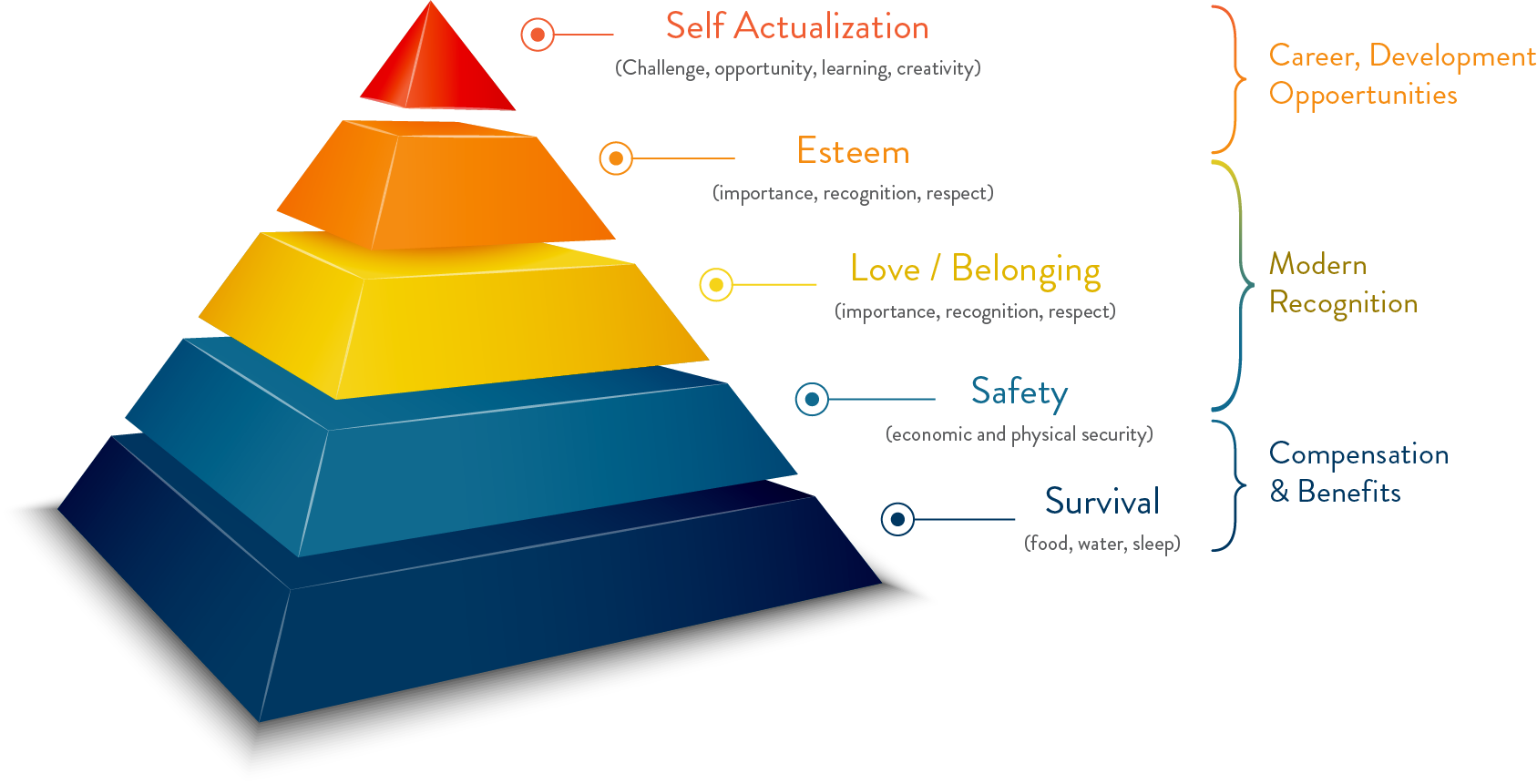The grim reality of Great Resignation has left an alarming 85% (2 out of 3) of healthcare organizations facing catastrophic staffing crises. These facilities are left to operate with only a meager 1:4 nurse-patient ratio nationwide. The American Hospital Association Survey reveals that 71 % of them still find themselves battling to fill those vacant positions even in longer time duration. Desperate to retain the existing manpower, the hourly pay rate of nurses steeps to staggering $148.20 – $240, causing operational costs to become a crippling burden for many practices.
This systemic trend posed a massive threat to the operational sustainability of the business right from the beginning of patient engagement to revenue generation. Low staff occupancy affects the new patient engagement rate as the non-availability of sufficient assistance may diverge them towards early appointments elsewhere. Not only new but established patient volume may also shrink due to the obvious effect of degraded patient care and poor reviews. Shortage of hands creates a rushing and chaotic environment that is prone to fallacy in the demographic collection, insurance eligibility verification, procedural documentation, clinical note-taking, and accurate coding – wreaking havoc on the bottom line at every false step. With one single mistake, your documentation-sensitive claim can lead its way to a “write-off” on your financial statements. AR & denial management became a nightmare in this situation. Distracted minds and juggling hands have the knock-out effect of burnout on 63% of the nation’s physicians and nurses, as reported by U.S. News and World Report.

Billing systems and claim reimbursement models require a larger amount of administrative work which doesn’t always require physical presence to get things done. Delegating these types of non-Clincal works to virtual staff presents a vast range of geographical and age options to fill the required position at a reasonable cost. Re-hiring of retired nurses, or those not apt for patient care due to disability or other family reasons, can prove to be a better candidate for low clinical value tasks – like note-taking, EHR handling, eligibility verification, etc.; which takes up a major portion of everyday time in health facilities. Thus, offering remote and hybrid work schedules with cyclical rotation of staff members on clinical and non-clinical duties can be a real game changer. This will enable people to handle what can not be left unattended or need their supervision at their personal front, without increasing the number of absenteeism. This boosts the workplace satisfaction level and thus, the people retention rate in your organization.
You can also fill the gap by adopting the right technology tools and AI advancements into your system to reduce manual labor requirements. Take it as an investment that will keep reaping the benefits in the long run by saving major time in the schedule which can be utilized to attend more patients per day and ultimately more revenue coming in.
Another way to mitigate the staff requirement problem is by transferring the office procedures to an outpatient facility where better OR setup and experienced staff can be availed without owning the same at a high price. This not only reduces the burden on your revenue but also results in a better patient experience. which is naïve to explain, how vital it’s for your healthcare business!
Maintain the existing staff occupancy by providing career advancement opportunities to better chart out their growth plan within the organization. Bonus and appraisal increments with time factor inclusion can also be an added motivational factor among staff members to continue at the same place for a longer duration. Using both extrinsic (financial rewards) and intrinsic rewards (Recognition) is a must to keep the problem of the staffing shortage at bay. You can use Maslow’s motivation theory – “hierarchy of needs” to identify the level of needs as per a person’s job level to retain the best staff members in your organization. To equip yourself with the best recruiting knowledge, you can read our blog “Aligning your recruiting with candidates’ needs”.

We provide faster solutions to your staffing needs and revenue model as our diversified talent provides all services in-house rather than outsourcing on a third business. This created an environment of faster service solutions with synergy and transparency, giving you a competitive edge in your business.

